How Much Do Chest Freezers Cost To Run
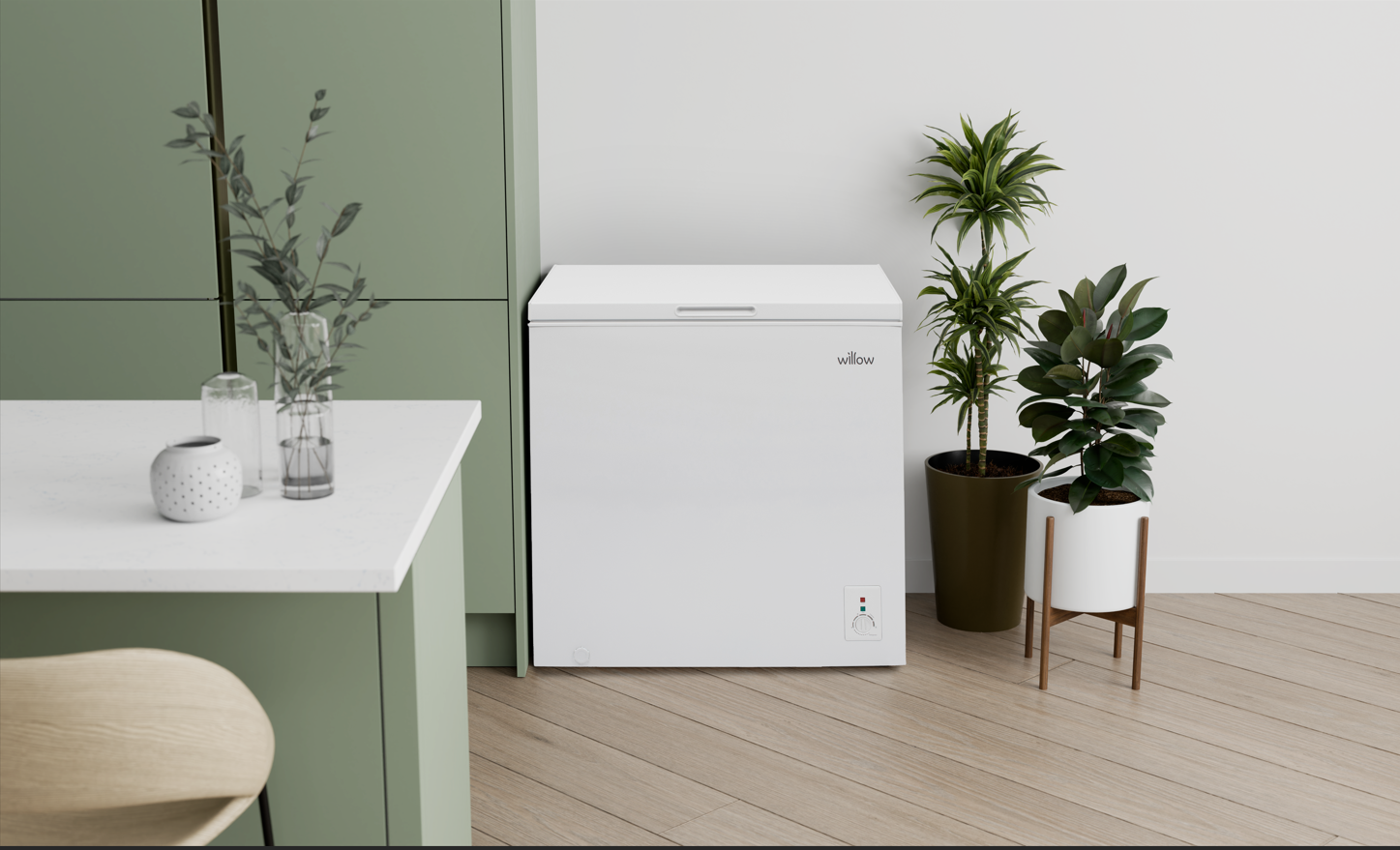
The allure of stocking up on frozen goods, preserving garden harvests, or snagging unbeatable deals often leads consumers to invest in chest freezers. But beyond the initial purchase price, a crucial factor frequently overlooked is the ongoing cost of operation. Understanding these running costs is essential for informed budgeting and ensuring long-term savings aren't overshadowed by unexpected energy bills.
This article delves into the factors influencing the energy consumption of chest freezers, providing insights into calculating and minimizing these expenses. It examines the key variables that impact energy usage, from the freezer's size and efficiency to its location and usage habits. Ultimately, it aims to empower consumers with the knowledge to make cost-effective decisions regarding chest freezer ownership.
Factors Influencing Running Costs
Several elements determine how much electricity a chest freezer consumes. These include the freezer's size, energy efficiency rating, age, and ambient temperature.
A larger freezer naturally requires more energy to maintain its temperature than a smaller one. Similarly, older models, often lacking modern insulation and compressor technology, are typically less energy-efficient than newer, Energy Star certified units.
Size and Efficiency
Chest freezers are categorized by their internal volume, measured in cubic feet. Smaller units, around 5-7 cubic feet, are ideal for smaller households or supplemental freezing needs. Larger freezers, ranging from 15-20 cubic feet or more, cater to families with substantial freezing demands.
Energy efficiency is quantified by the Energy Star rating, a program administered by the Environmental Protection Agency (EPA). Freezers with this certification meet stringent energy performance standards, translating to lower electricity bills.
Age and Condition
Older freezers are generally less efficient due to outdated technology and potential wear and tear. Worn-out door seals, for instance, allow cold air to escape, forcing the compressor to work harder and consume more energy.
Regular maintenance, such as cleaning the condenser coils, can improve efficiency and extend the freezer's lifespan. Neglecting maintenance can lead to increased energy consumption and potential breakdowns.
Location and Usage
The location of the freezer significantly impacts its energy usage. Placing it in a warm or humid environment forces it to work harder to maintain its set temperature.
Avoid placing the freezer near heat sources like ovens, radiators, or direct sunlight. Additionally, ensure proper ventilation around the freezer to prevent overheating and improve efficiency.
How often the freezer is opened and how it is organized also affect energy consumption. Minimize door openings and organize contents efficiently to reduce the amount of warm air entering the freezer.
Calculating Running Costs
Estimating the running cost of a chest freezer involves several steps. First, locate the freezer's energy consumption rating, typically found on a sticker inside the unit or in the owner's manual.
This rating is usually expressed in kilowatt-hours (kWh) per year. Next, determine the cost per kWh from your electricity bill. Then, multiply the annual kWh consumption by the cost per kWh to estimate the annual running cost.
For example, a freezer with an annual consumption of 300 kWh and an electricity rate of $0.15 per kWh would cost approximately $45 per year to operate.
Strategies for Minimizing Costs
Several strategies can help reduce the running costs of a chest freezer. Consider replacing older, inefficient models with new Energy Star certified units.
Properly maintain your freezer by cleaning the condenser coils regularly and ensuring the door seals are airtight. Defrost the freezer regularly to prevent ice buildup, which reduces efficiency.
Keep the freezer organized and avoid overfilling it, as this can restrict airflow and increase energy consumption. Setting the temperature to the optimal range (around 0°F or -18°C) balances food preservation with energy efficiency.
Consider the location and usage habits discussed above to maximize efficiency.
The Bottom Line
Understanding the factors influencing the running costs of chest freezers empowers consumers to make informed purchasing and operational decisions. By considering size, efficiency, maintenance, location, and usage habits, individuals can significantly reduce their energy consumption and save money over the freezer's lifespan.
Investing in an Energy Star certified freezer, maintaining it properly, and optimizing its usage can lead to substantial savings and contribute to a more sustainable lifestyle. Careful planning and informed choices can ensure that the convenience of a chest freezer doesn't come at an exorbitant cost.
Ultimately, the key to minimizing chest freezer running costs lies in awareness, proactive maintenance, and a commitment to energy-efficient practices.
![How Much Do Chest Freezers Cost To Run Chest & Deep Freezer Prices + Installation Costs [2023] - HomeGuide](https://res.cloudinary.com/liaison-inc/image/upload/f_auto/q_auto/v1673370562/content/homeguide/homeguide-a-woman-placing-food-in-a-deep-freezer.jpg)

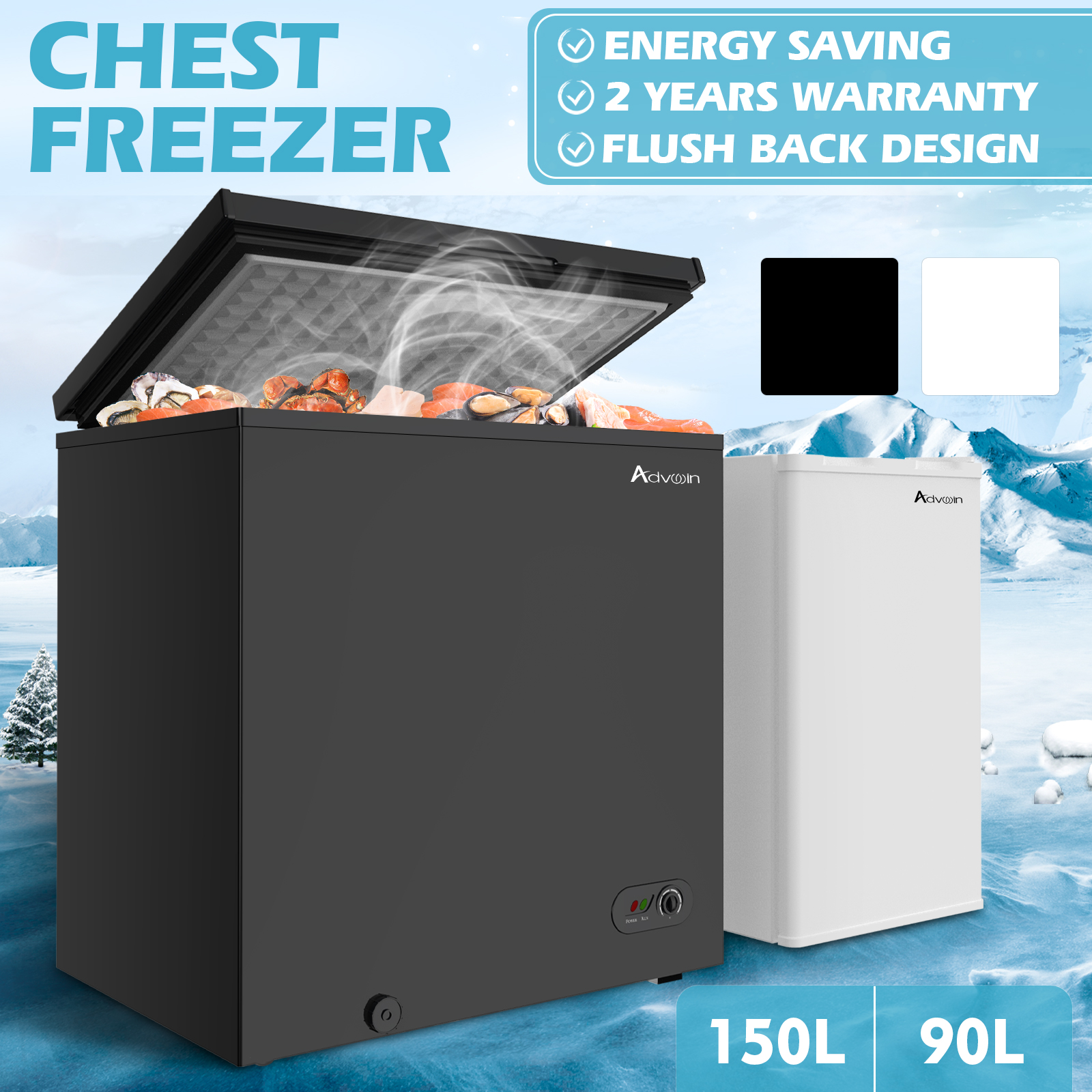
![How Much Do Chest Freezers Cost To Run Cost To Run A Freezer [Based On 354 Models | $$ Saving Tips]](https://ecocostsavings.com/wp-content/uploads/2022/02/freezer-wattage.jpg)


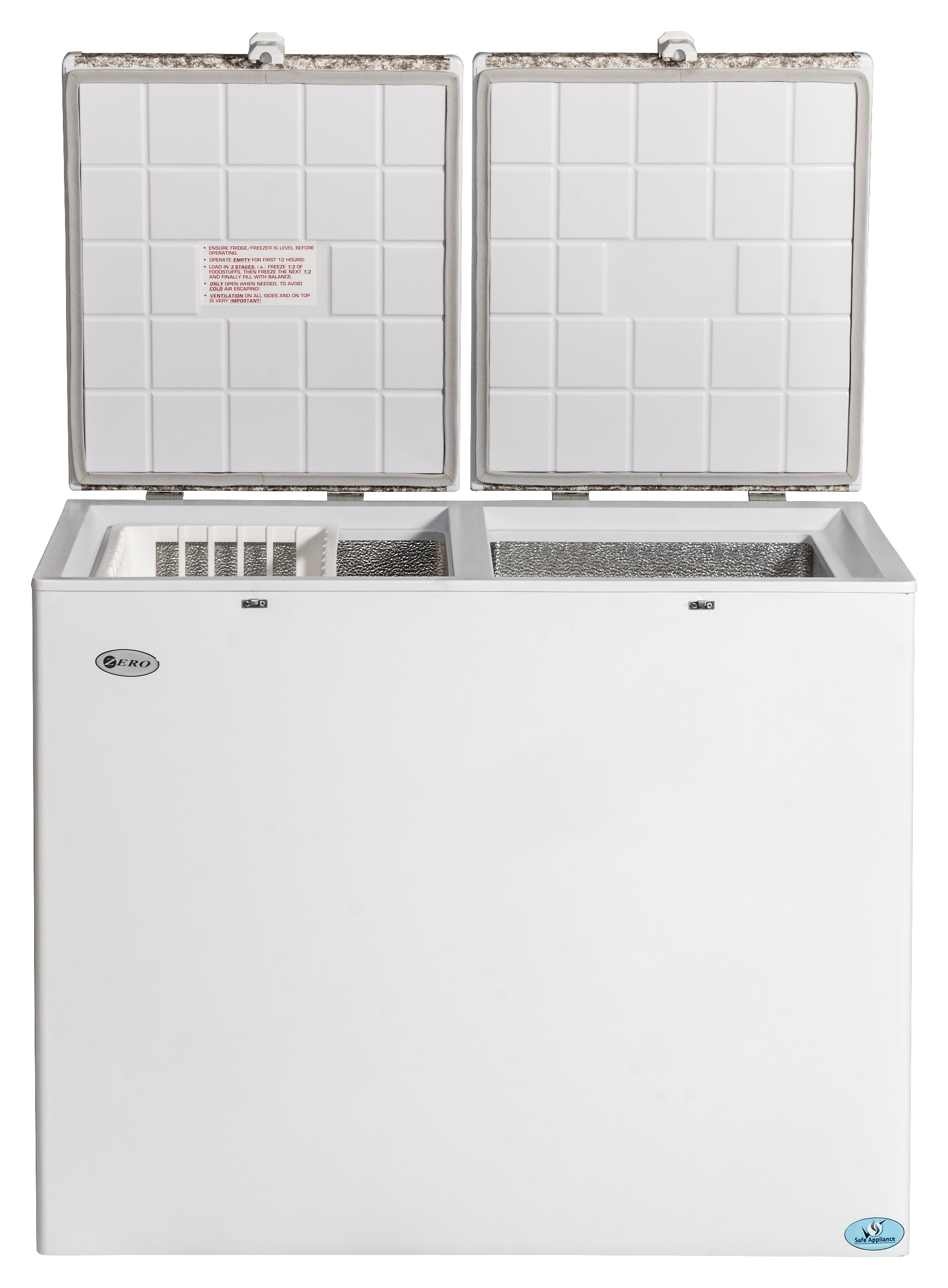


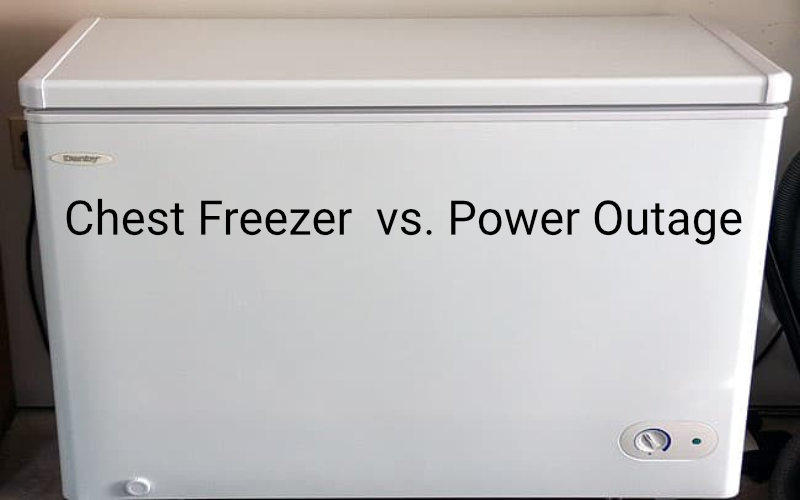

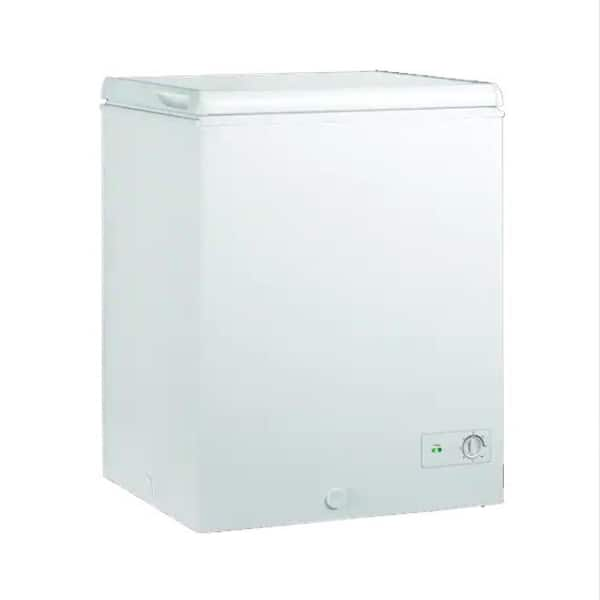

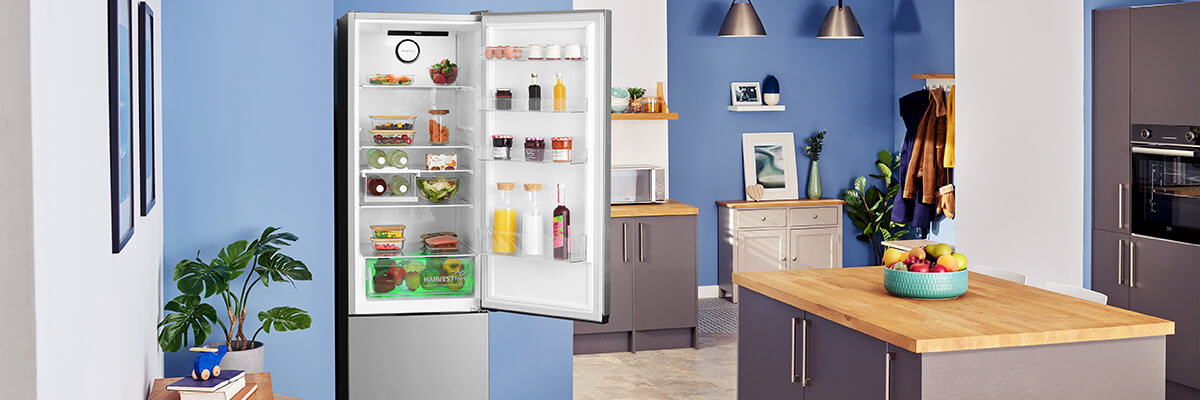
![How Much Do Chest Freezers Cost To Run Cost To Run A Freezer [Based On 354 Models | $$ Saving Tips]](https://ecocostsavings.com/wp-content/uploads/2022/02/cost-to-run-a-freezer-768x432.jpg)


